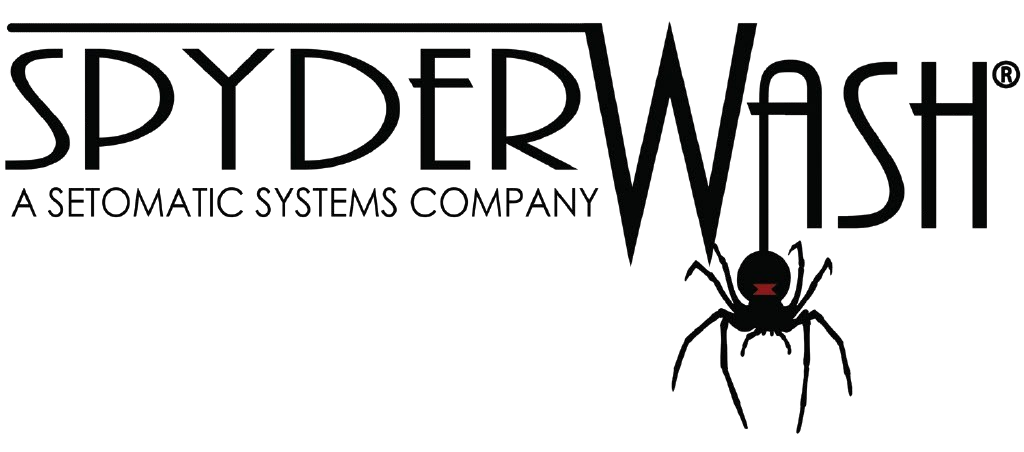When my husband and I bought our first laundromat in June of 2016, I had been employed by Corporate America for more than 30 years. However, I was laid off just 21 days after that laundromat purchase.I had begun my professional career in 1983 as a designer for Bell Helicopter, based in Fort Worth, Texas. I eventually rose through the ranks at Bell to become a mechanical engineer and project manager. Through the years, I continued my education, earning a bachelor’s degree in business management, as well as an MBA. Additionally, I hold a Six Sigma Certificate in Process Improvement/Project Management – Black Belt.Then, in 2013, I accepted a position with a utility company, leveraging my previous education and work experience to improve processes all across the state of Texas.Despite decades in the “working world,” once I got laid off, I made the decision to work full time in our new vended laundry business. The interesting aspect of owning a laundry business (or any small business, for that matter) is that, rather than merely doing your job and receiving a paycheck every two weeks, you do everything – budget, finance, accounting, human resources, inventory/supply management, purchasing, maintenance of assets/facilities, and so on.Needless to say, during those first few transition months – going from “employee” to “business owner” – all of my education, training and work history came into play.That first laundromat was in bad shape. Starting with a mission statement – “To provide a clean, bright, safe environment with friendly staff to meet all customers’ laundry needs” – provided the framework to start the process of improving the business. And, with my project management background, a plan was put together to repair the machines, clean the facility, paint the walls, add security cameras, and re-brand the business as StarBrite Coin Laundry & Services.We had a technician handle most of the repairs during our first three months of ownership, while I shadowed him. During that time, I learned to troubleshoot and repair 95 percent of the washer and dryer issues that come up. No doubt, this is thanks to my mechanical engineering background, along with my natural curiosity as to how things work. On the management side, there was a tremendous cost-savings due to tackling the repairs myself and increasing the bottom line toward profitability.During our first year in business, an accounting firm took care of our P&L statements monthly and payroll checks weekly. However, that expense was reviewed, and I decided to handle these tasks myself, saving the business $500 a month. I trained on QuickBooks, and the whole process gave me a more in-depth view of the business and where cost reductions and improvements could be made. All in all, my business degrees coupled with my past work experience have given me the tools and knowledge to now manage finances, accounting, and personnel at the laundry business.In retrospect, it took us 10 years to finally make the decision to buy a business as a way to create additional income for retirement. Over the years, we talked with the owners of several different types of businesses. The final choice of a laundromat came from my husband’s direct contact with the owner of multiple vended laundries. This operator generously shared with us how profitable the business model could be and how to get started.Our decision to buy our first self-service laundry was based on the cost and the amount of cash we had to invest. We didn’t want to start out in debt with an SBA loan until we were absolutely sure that this was the business for us.The old investment cliché is to always “buy low and sell high.” Our first laundry business was a short sell, and the investment of sweat equity has paid off. We are so glad we made that purchase.
Elite Strategic Corporate Allies
Premier Strategic Corporate Allies
CLA Business Solutions

CLA is working with select service providers to offer programs and services to help you with your business operations
New Laundromat Entrepreneur
Get this free guide to the laundry industry that will help you navigate your start-up. This is the definitive handbook from the CLA for potential investors interested in purchasing or building a laundromat.










